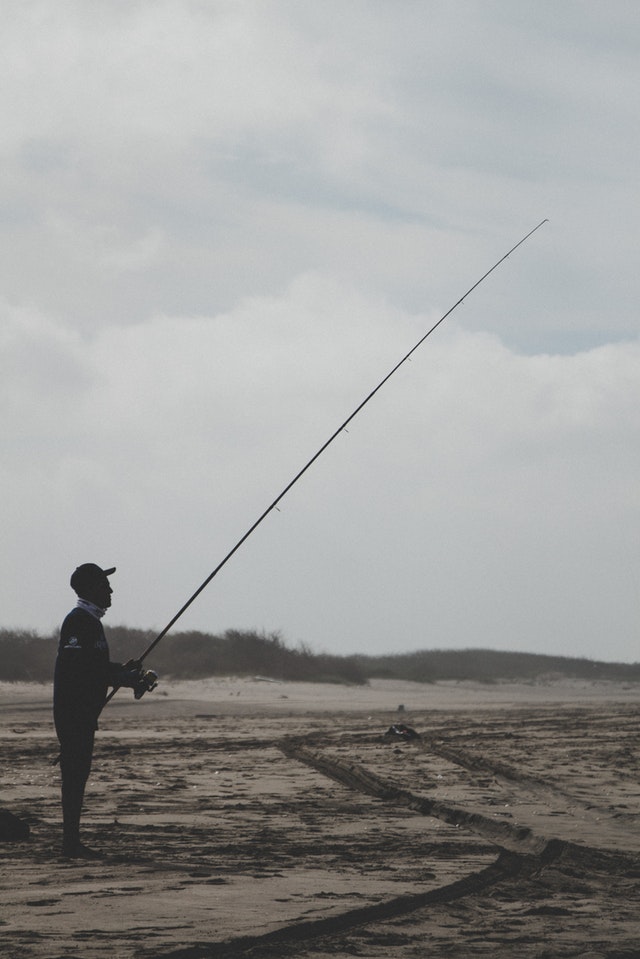Monofilament and Braided Fishing Line
Monofilament and Braided Fishing Line
Monofilament, or clearly “mono”, is the most not unusual and famous type of fishing line used nowadays. however, it wasn’t constantly that way.
when Dupont invented nylon, the primary synthetic fiber (amid an exciting backstory), simply earlier than the start of worldwide battle II it becomes visible, doubtlessly, as a vital development for the game of fishing. but, it might now not play out that way for some other decades. even though displaying wonderful knot electricity and occasional visibility within the water, early monofilament line had a few primary weaknesses close to its use for sportfishing. not like the mono we use nowadays, the unmarried-fiber nylon fishing lines of the time have been too stiff and difficult to apply for most fishing packages.
It wasn’t until Dupont brought their Stren logo (now owned by natural Fishing – also determine organisation of Berkley, Abu Garcia, and Penn) to marketplace in 1958 that monofilament hit its stride. the new and progressed line with its thinner diameter and flexible composition have become a recreation changer for anglers global and set the level for the monofilaments traces we use these days.
Mono is top notch for topwater fishing and crankbait fishing because it has higher stretch functionality than different styles of line, allowing the bait to swim more freely and unevenly. but it's also a great line type for pretty much any style of fishing or presentation, and it shines with freshwater and saltwater use alike.
Monofilament Line blessings:
v easy to apply: It is a great line for each newbie and experienced anglers as it is straightforward to paintings with.
v Stretch element: Mono could be very forgiving of angler errors including mistaken drag settings or very hard hooksets because of its stretch fine.
v Knot-friendly: It makes tying exceptional knots less complicated; additionally permits for the creation of strong knots.
v inexpensive value: Monofilament is the most low-cost line type of the three – extremely good bang for the dollar.
Monofilament dangers:
v lower Sensitivity: Mono lacks the actual-time experience (in contrast to braid) due to its tendency to stretch, making it more difficult to locate very light bites.
v lower Tensile electricity: you have to use a thicker diameter line to reap reliable strength for lots species/packages – can affect sink-fees and entice movement alternative rate: Monofilament is greater at risk of the factors, unique UV light, and saltwater, requiring more frequent trade-outs.
v Braided Fishing Line at the same time as many consider the braided fishing line as some excessive-tech advent of the previous few years, the reality is they were around for a long time – a lot longer than monofilament line.
v there's nothing new about weaving or twisting fibers collectively to create a stronger line – the practice goes as far again as the Bronze Age. what is new, however, are the materials utilized in growing cutting-edge braided fishing lines. obviously produced substances have given way to more recent synthetic fibers including Spectra and Dyneema (Micro-Dyneema) that are a great deal thinner and more potent. if you intend to fish a frame of water considerable with shape and boundaries, braided line is the better alternative. in most cases used for heavy duty flipping and pitching into a cowl, or fishing topwater lures, braid line is produced from a couple of fibers intertwined to create a more potent, thinner line. I love to apply a braided line for bass fishing.
v My 15lb take a look at metered braid has the equal width as mono rated at only 6lbs, which means that I can healthy greater braid on my reel than mono of the identical energy, assisting in longer-distance casting needed for operating a frog. but, a braid can lend to sloppy technique with movement-primarily based baits such as spinners, crankbaits, swimbaits, etc if you aren't careful.
v similarly to extraordinarily skinny diameters and tensile electricity as excessive as 15 instances that of steel, these days’s braided lines feature a bunch of benefits for the modern angler. but like anything else it additionally has a few drawbacks. here’s a look at a number of braid’s pinnacle execs and cons.
Braided Line blessings:
v •intense Sensitivity: Braid lets you experience even the lightest bite for extra hookups because of it zero-stretch best.
v •excessive strength-to-Diameter Ratio: the road’s thin diameter and superior break strength mean you may percent extra yards of heavier take a look at line onto your reel.
v •durability: Braided line holds up nicely to daylight, UV and saltwater degradation, and it within reason abrasion-resistant.
v •higher Buoyancy: it is naturally buoyant – braid floats; ideal for working topwater lures including frogs, poppers, buzzbaits etc.
Braid risks:
v •reduced Knot strength/difficulty: Braid knots don’t keep as well as mono; tying positive knots can be a project – slipping is one trouble (follow manufacturer’s pointers).
v •Visibility: unfortunately low visibility is not one of the braided line’s strengths, making it greater detectable via fish (use a mono or fluorocarbon chief for better results)
v •higher price: although braided line expenses have dropped over the years, it could still price 3 to 4 instances more than similar test/yards of monofilament.









No comments
Help Us to improve our web by comments and suggestions.